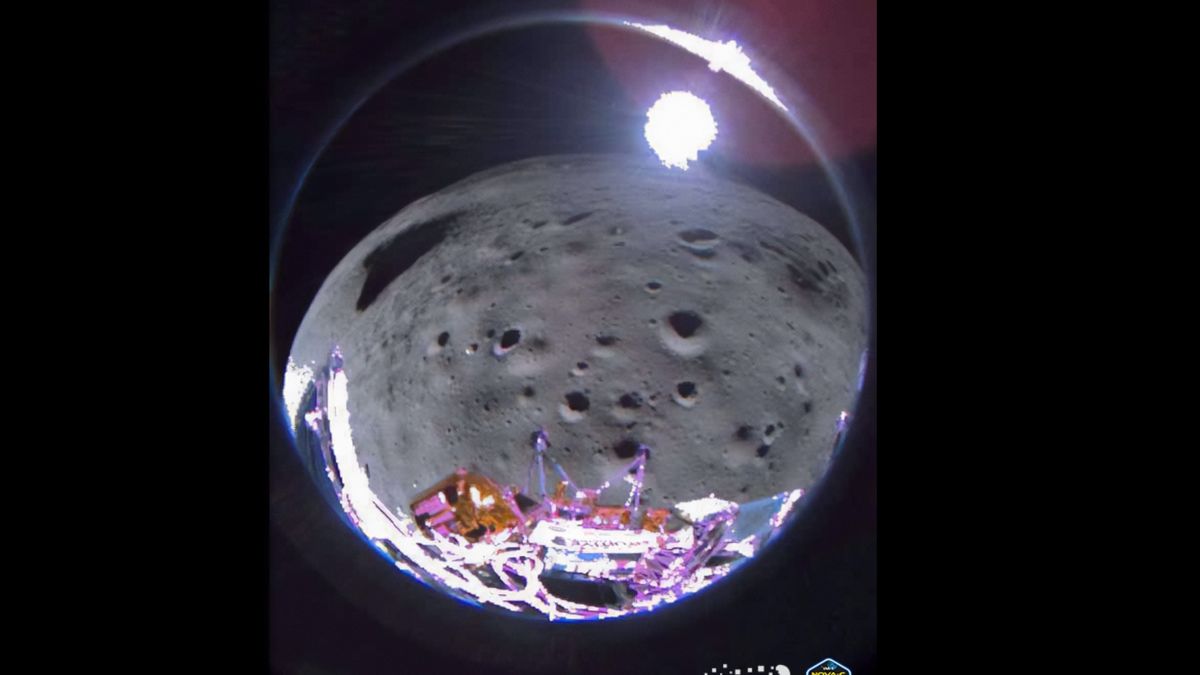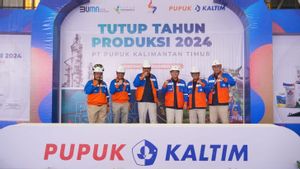The Nova-C lander named Odysseus rolled over when he entered the landing process on the Moon. Although the position is not possible to work, this lander can still communicate.
Intuitive Machines (IM), the developer of Odyssey, said that the lander was still communicating with Nova Control, the team that controlled the Nova-C flight from Earth. Odyssey also still understands the end-to-end communication process.
"Odysseus sends images from the surface of the moon that descend vertically to the landing site of Malapert A, which represents the southernmost point where any vehicle can land on the Moon and establish communication with ground controllers," IM said via platform X.
Apart from communicating, Odyssey also caught an image of the lunar surface after the landing process. This image is immortalized about 35 seconds after the Odyssey rolled over using a camera housed behind the lander.
SEE ALSO:
Unfortunately, the current position of the Odyssey body hinders the exploration process. Solar panels and antennas cannot work optimally and communications will soon be cut off. This means that lunar crater exploration missions will not be carried out.
"Flight riders intend to collect data until the landing solar panels are no longer exposed to light. Based on the position of Earth and the Moon, we believe flight controllers will continue to communicate with Odyssey until Tuesday morning," explained IM.
Currently, Odyssey is 1.5 kilometers from the expected landing site, namely the Malapert A crater. There is no chance for Odyssey to move towards the expected location because the lander cannot move.
The English, Chinese, Japanese, Arabic, and French versions are automatically generated by the AI. So there may still be inaccuracies in translating, please always see Indonesian as our main language. (system supported by DigitalSiber.id)















